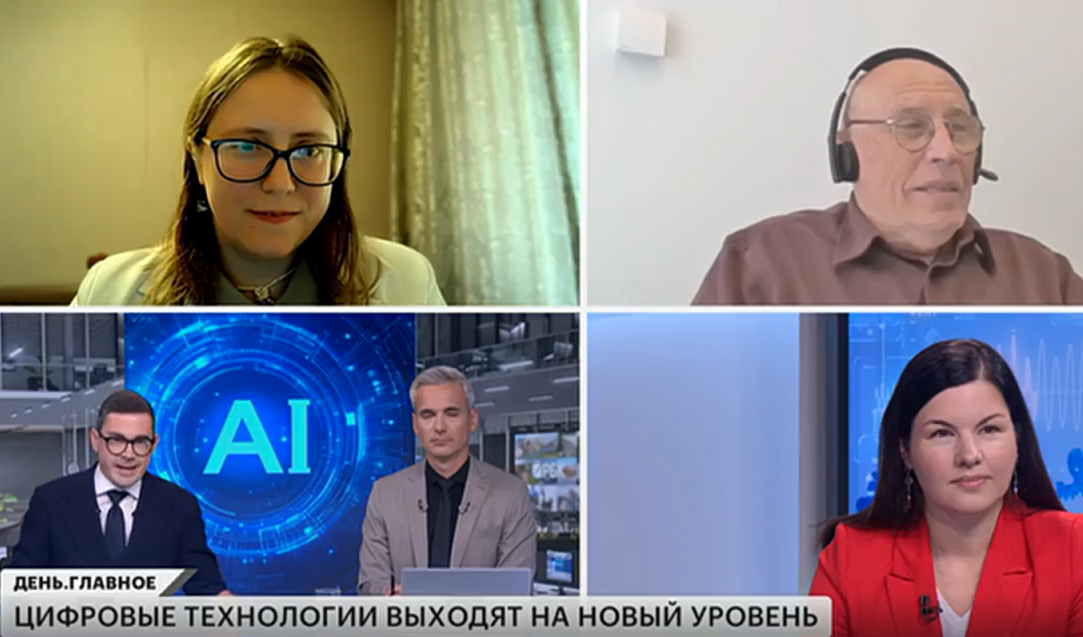ANR-Lab researcher Anna Kartasheva made a comment on RBC (РБК)

The release of the program “День.Главное” was devoted to the topical topic of trust in artificial intelligence (AI) technologies. Are we ready to use AI for decision-making? Are we ready to use AI in public administration?
Trust in artificial intelligence technologies is an important measurable parameter, a metric that allows you to make decisions and adapt technologies to people. The 2025 Edelman Trust Barometer study [1] notes that 72% of people in China trust AI, while in the United States this figure drops to 32%.
Survey data from KPMG and the University of Melbourne (48,340 people, 47 countries [2]) show that 72% of respondents consider AI to be a useful tool, while half of them do not trust its accuracy. The distrust is primarily due to concerns about security, possible misuse, and insufficient regulation.
According to ВЦИОМ in Russia, over the past two years, the share of Russians declaring confident knowledge about such technologies (they have heard and can explain) has increased from 36% to 50%. Interestingly, the younger the respondent, the better they understand the topic ("they've heard, they can explain" — 74% in the group of 18-24-year-olds, 57% among 35-44-year-olds).
In a study from SuperJob (545 localities in Russia, 3,000 respondents, August 7-28, 2025), respondents were asked the question: "How do you feel about work done using neural networks: is artificial intelligence more likely to guarantee high results and quality for you, or rather a marriage and a hack job?"[4]
Marketers, HR managers, and sales managers became the leaders in confidence in the quality of AI work (35%). The opposite opinion is shared by PR managers, analysts, and programmers. Accountants, lawyers, logisticians, and teachers were among the professions who found it difficult to answer (from 53% to 70%).
Источники

